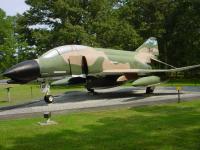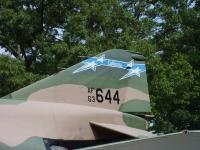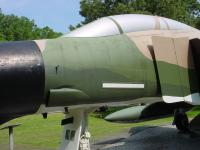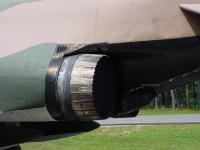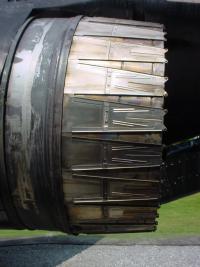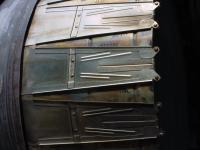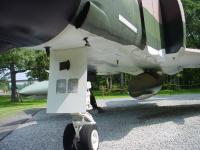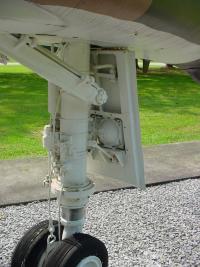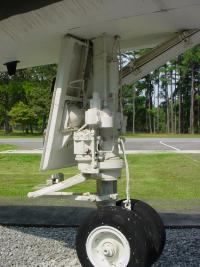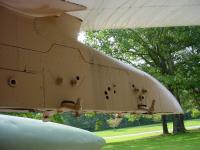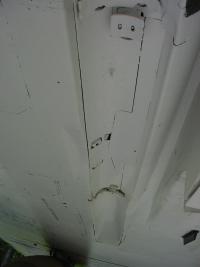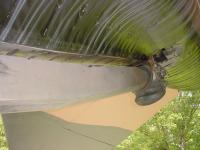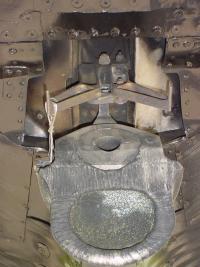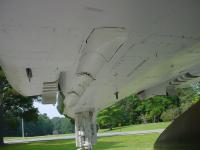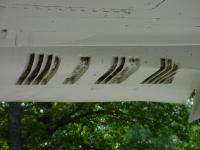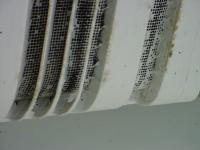This aircraft is a non-flying static display at
Arnold Engineering Development Center at Tullahoma, TN. According to their web site, this particular
aircraft flew 5,560 hours, including 1,200 combat hours, from 1966-68 with the 8th Tactical Fighter Wing at Ubon
Royal Thai Air Base. It was later modified to F4D, F4E and F4G configurations. AEDC had been involved
in the development and testing of the General Electric J-79 turbojet, which has powered the F-4.
Note: The display in front of the aircraft stated that it is an F-4C. Since it was "later modified to F4D,
F4E, and F4G" per their web site, I do not know if it was retrofitted to F-4C status when it was put on static
display or not. Those more familiar with the F-4 than I may be able to tell the exact model, but I can not.
Update - 05/16/06 - I received an email from a former F-4 Crew Chief who had this to say regarding the difference
between the F-4C and F-4D: "As for the difference in the F4 "C" and "D" models it was in the electronics. The
difference is slight but can be recognized in the nose and chin radomes."
The photgraphs were taken on September 3, 2004 by Scott Craig. Since this is a non-flying aircraft many of
the areas that would be of interest to modelers were not available. These include the cockpit (the canopy
was painted over), the intakes (covered), the engines (removed), the gear bays (closed), and so on. I tried
to get as much detail as I could, but with everything covered there was a lot of areas I could not investigate.
